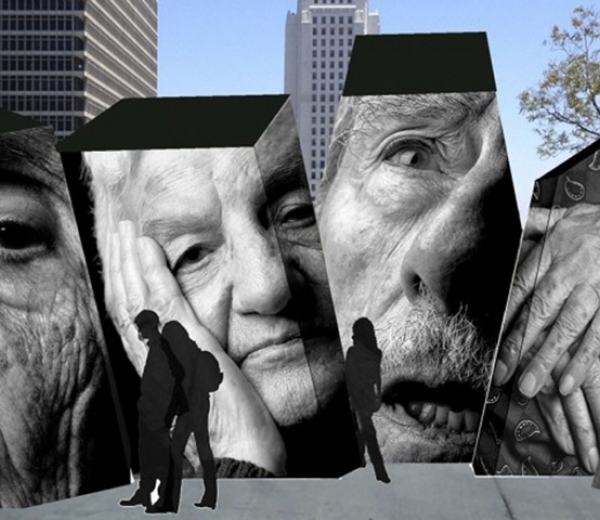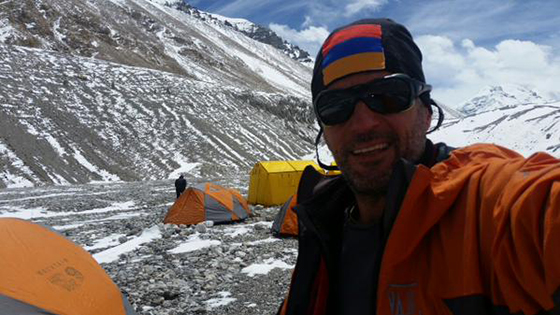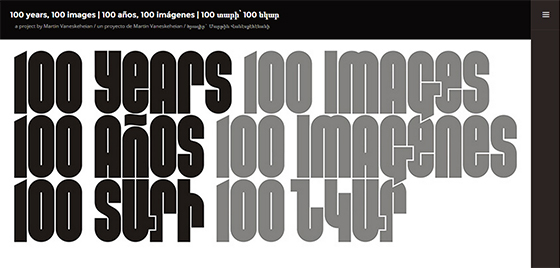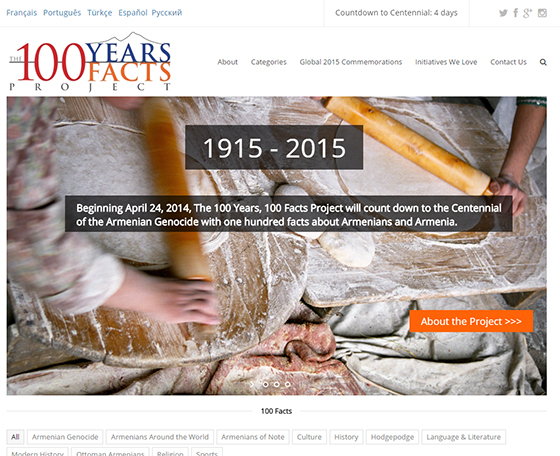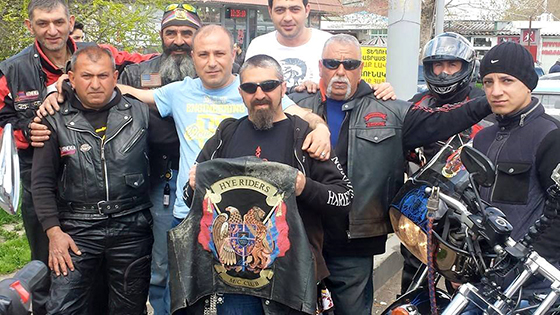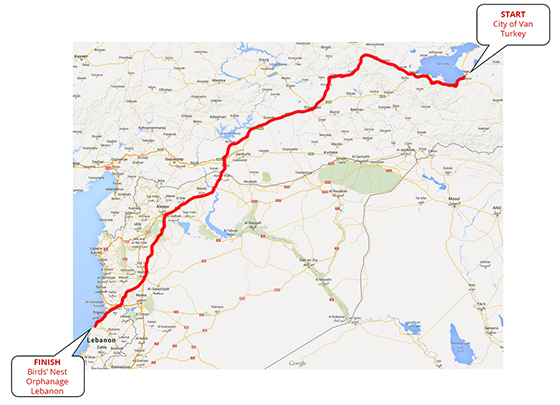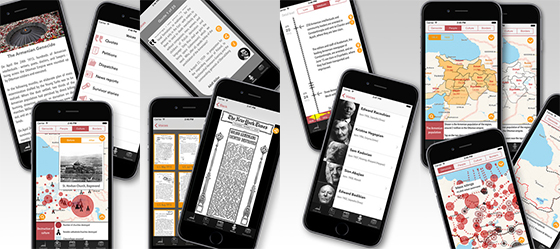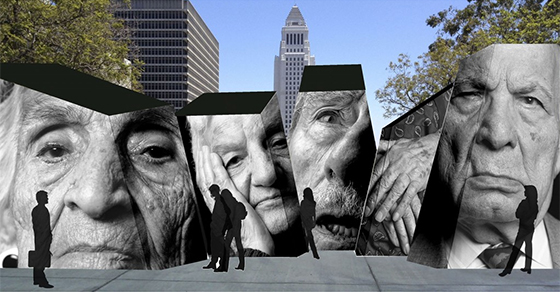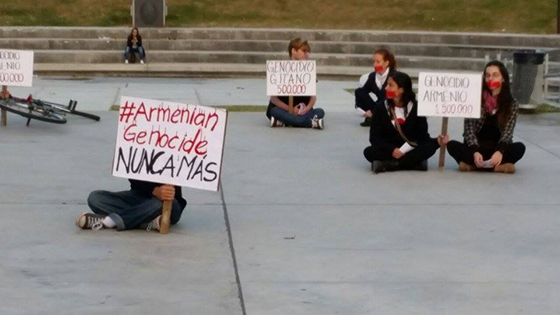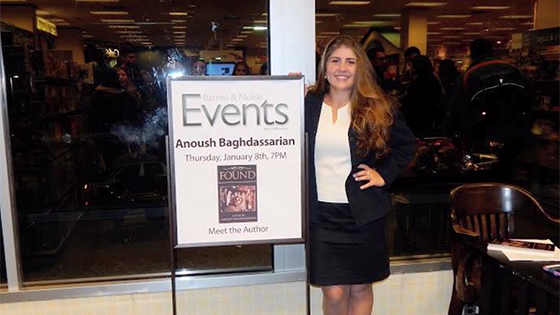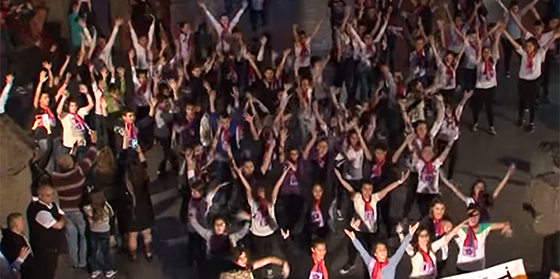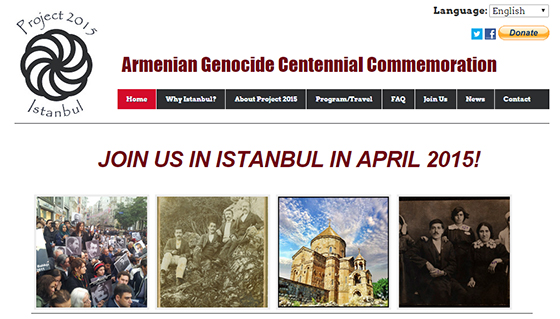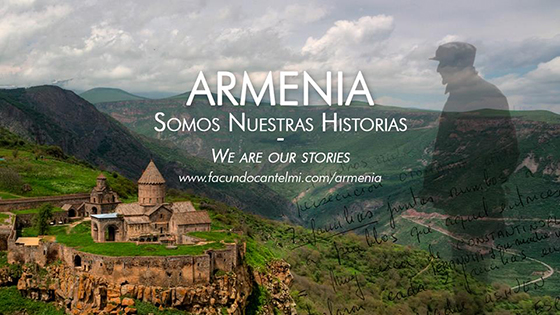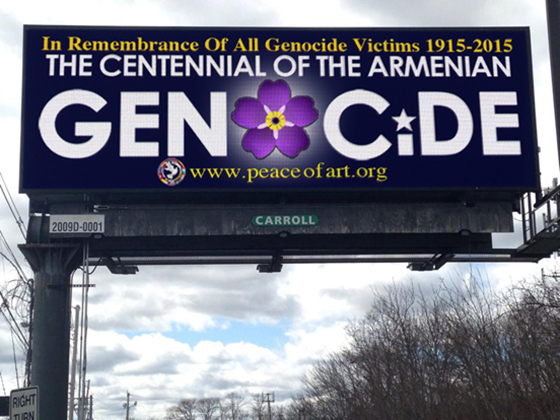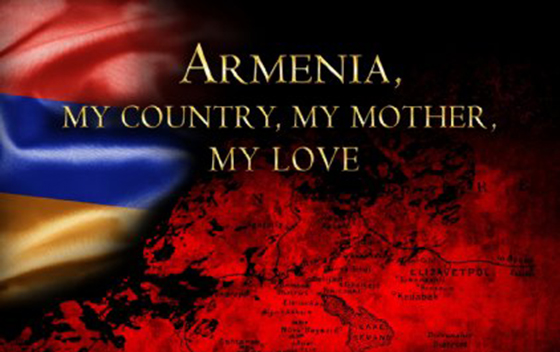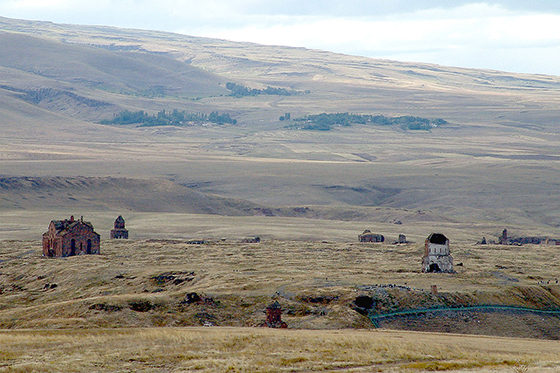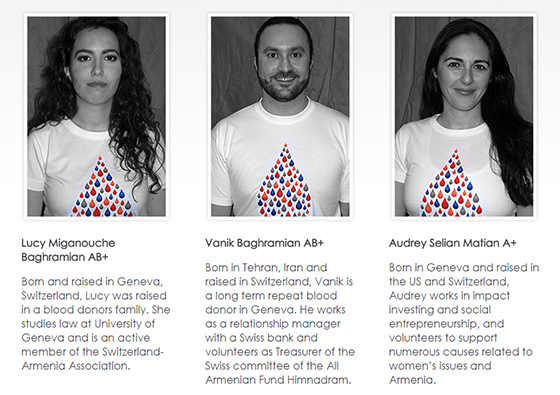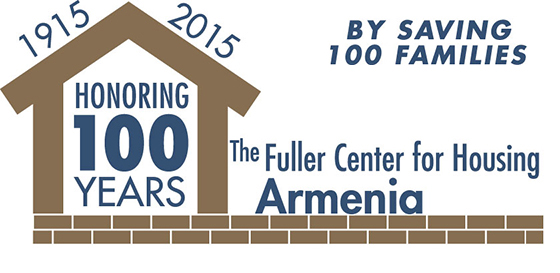To celebrate the strength, history and cultural vitality of the Armenian people.
Who: Jackie Kazarian, a graduate of the School of the Art Institute of Chicago and Duke University, who lives and works in Chicago.
Where: Chicago, Illinois, United States
Why: On the 100th anniversary of the first major genocide of the 20th century, Chicago-based artist Jackie Kazarian has created a painting of monumental scale to commemorate the victims and survivors of 1915, to honor the strength and resilience of the Armenian people and to inspire others to confront hatred, prevent genocide, and promote human dignity.
Learn more: project1915.org

